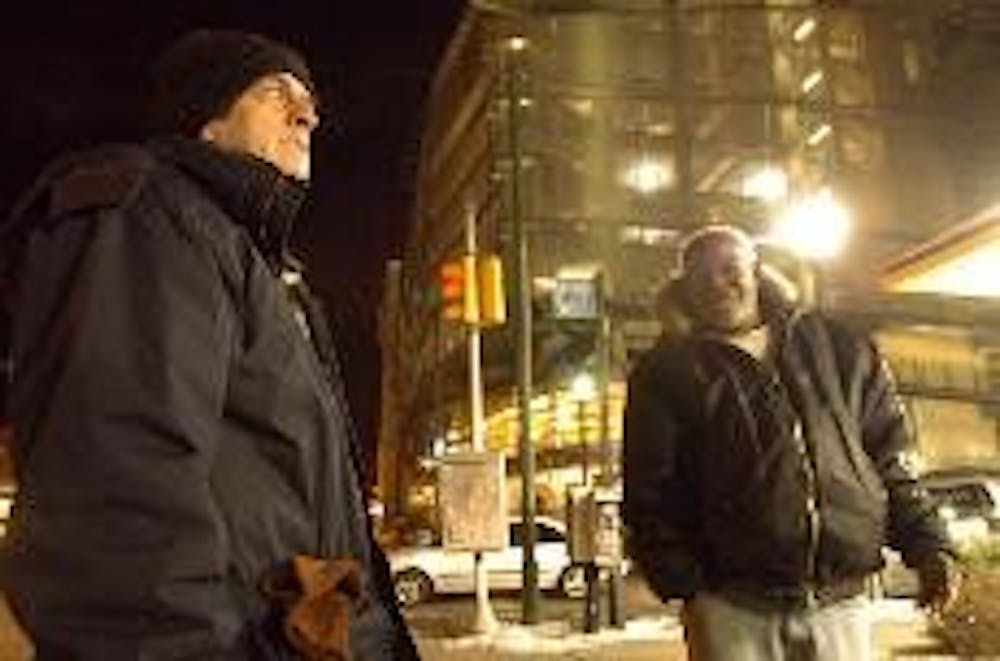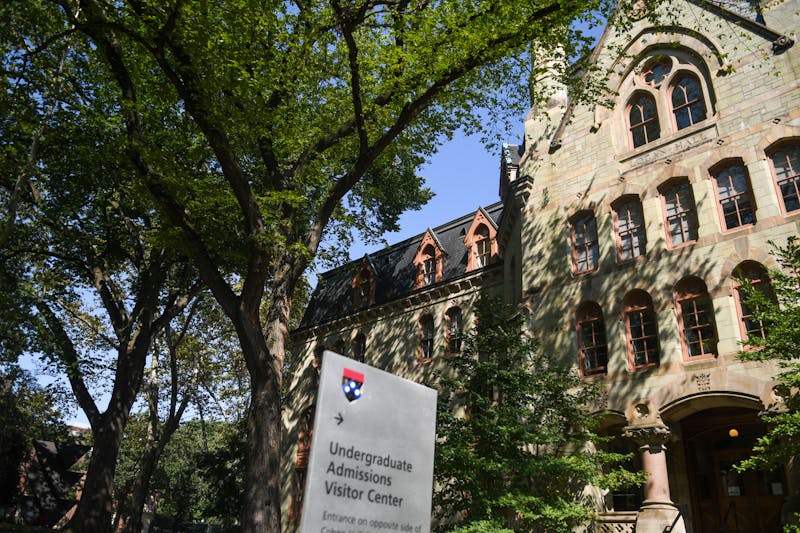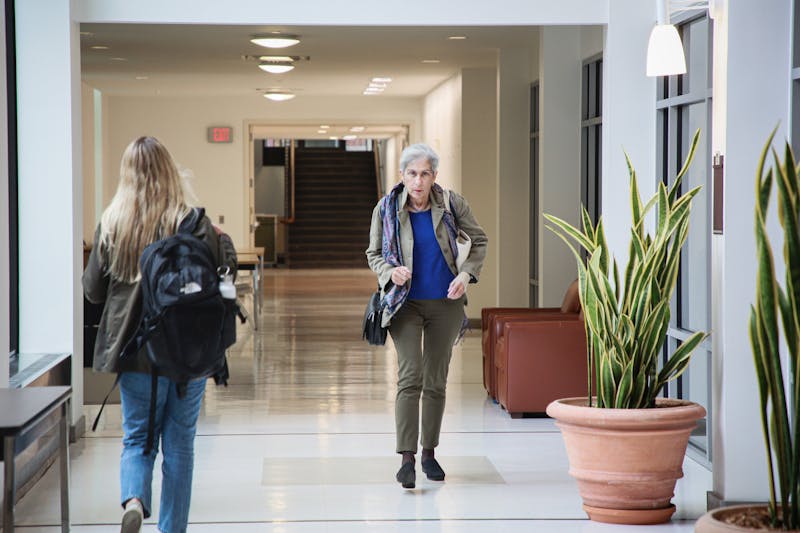
Richard Smith knows the value of a good pair of gloves.
In an attempt to avoid the cold, Smith stands near the entrance to the subway at 40th and Market streets, trying to absorb some of the heat coming from underground.
"Quite seriously, it's necessary for you to have gloves on," he says, flashing his own blue pair that leaves several of his fingers exposed.
Smith is one of about 4,000 homeless Philadelphians dealing with the potential dangers associated with the cold, biting weather of the winter season.
The cold "makes [the homeless] vulnerable to increased incidents of disease, and there are any number of deaths on record due to weather," said Beth Palubinsky, director of the Bethesda Project, an organization that manages homeless shelters in the city.
When temperatures drop to extreme levels, Palubinsky said, hypothermia becomes the major issue.
"Especially in bitterly cold weather, [the homeless] become more vulnerable because they are stationary," she said.
Aware of the risks that the homeless face, the city of Philadelphia has instituted an alert known as a "Code Blue," an emergency process that occurs when the wind-chill factor is below 20 degrees or precipitation is combined with sub-freezing temperatures.
During a Code Blue, the city dispatches teams of law-enforcement officers and shelter employees from around Philadelphia to encourage those living on the street to come inside for the night.
Technically, the city has the legal authority to force the homeless into shelters, said professor Dennis Culhane of the School of Social Policy and Practice.
And those practices are often necessary to ensure the safety of the homeless, said Marilyn Canty, director of the Salvation Army's Eliza Shirley House, a shelter located at 1320 Arch St.
"You can die on the street," she said. "The police could lock them up for their own well-being."
But Philadelphia's legal standing doesn't stop every homeless person from refusing to budge from the streets.
"There are those whose situations make them very resistant to coming into a shelter," Palubinsky said. "They might have had a bad experience, or be mentally ill, scared or confused."
For others, it is the condition of the shelter itself that is the problem, said George Watson, a resident of the St. Columbus shelter at Chestnut and 42nd streets.
But despite the occasional difficulty, experts say that, all things considered, Philadelphia seems to be addressing the issue head on.
"The city is trying to develop more permanent housing that targets people on the street that are chronically homeless," Culhane said, referring to the 10 percent of homeless people that fall under that category.
"The city is trying to identify and redirect resources toward this population, and that's what they need to be doing," he added.
It seems as if the initiatives have put Philadelphia on the right track - Palubinsky said that, across the country, the city is admired for its work on the issue.
"Philadelphia has become a national model for how to effectively and creatively coordinate its homeless services," she said. "It shows a lot of dedication on city administration's part to serving homeless population."
But for Smith, living without a permanent home often still means being resourceful and using your surroundings just to get by.
"You more or less have to hang out," Smith said. "At the diners, McDonald's, 7-Eleven, Wawa - but it's sort of a rough scene."
The Daily Pennsylvanian is an independent, student-run newspaper. Please consider making a donation to support the coverage that shapes the University. Your generosity ensures a future of strong journalism at Penn.
DonatePlease note All comments are eligible for publication in The Daily Pennsylvanian.







